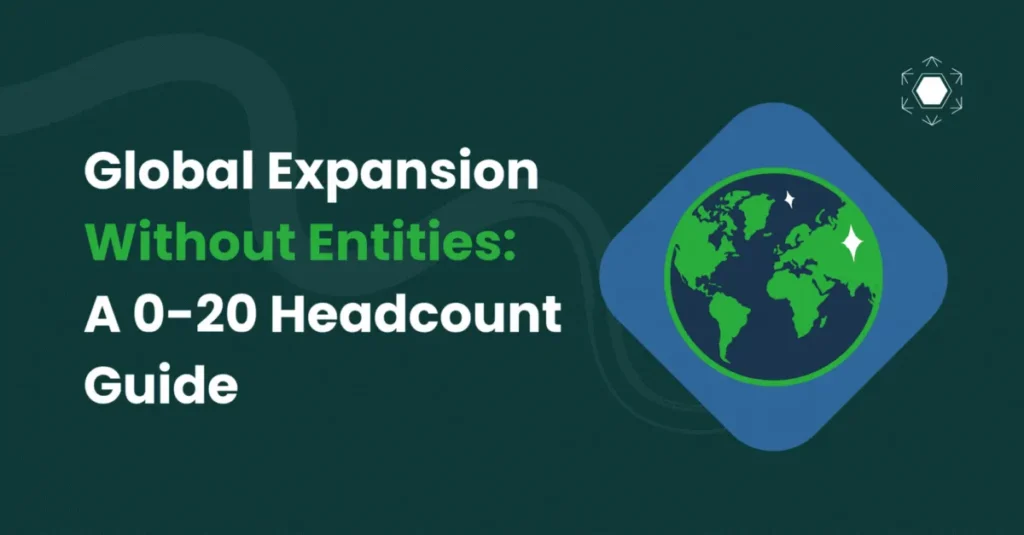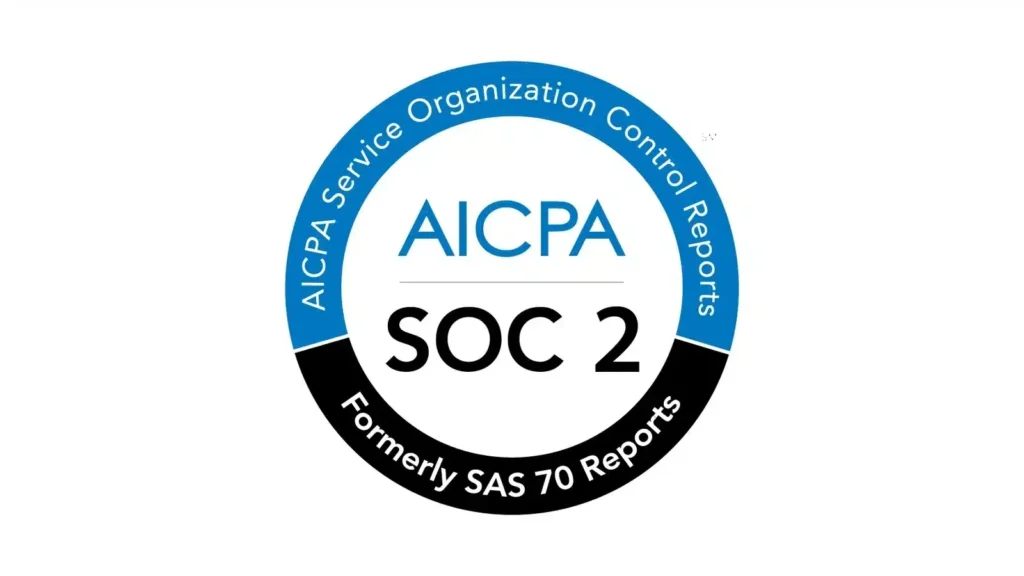The most valuable thing a CFO brings to global hiring in 2025 isn’t a spreadsheet; it’s a system for learning quickly without hard-coding cost. Your job is to turn “we think this country can work” into a series of bounded, reversible bets the board will actually approve. That means protecting runway, insisting on clean controls, and building a rhythm where decisions are made on evidence, not optimism.
This CFO playbook for global hiring outlines how finance leaders can drive international expansion with speed, optionality, and compliance—without rehashing the hiring tactics you already have elsewhere.
The 2025 CFO Playbook for Global Hiring: Turn Unknowns Into Bounded, Reversible Bets
The most valuable thing a CFO brings to international hiring in 2025 isn’t a spreadsheet; it’s a system for learning quickly without hard-coding cost. Your job is to turn “we think this country can work” into a series of bounded, reversible bets the board will actually approve. That means protecting runway, insisting on clean controls, and building a rhythm where decisions are made on evidence, not optimism. This playbook lays out how finance leads that motion—without rehashing hiring tactics you already have elsewhere.
Start with the finance question: how much runway are we willing to risk in global hiring?
Every expansion pitch has an implied bet size. Make it explicit. Define the maximum monthly burn you will tolerate before the region must show margin contribution; define how many days you’ll fund before leading indicators must appear; define what “good enough to scale” actually means. When the guardrails are clear, you can fund the experiment with confidence and shut it down without drama if the thesis doesn’t hold.
Design for optionality first in your global hiring strategy
International hiring fails when fixed cost arrives before signal. Early headcount is usually small, demand is uncertain, and the shape of the team changes as you learn. A variable, entity-light structure keeps your downside capped while you collect the information that matters: time to legal hire, quality of talent at your target compensation, early pipeline, and the operational reality of time-zone cover. When a single market begins to concentrate revenue and headcount, you can graduate to a fixed, locally optimised structure because the numbers—not the narrative—say it’s time.
Fund learning loops, not headcount plans
Treat a new country as a three-sprint experiment rather than a monolithic expansion plan. In the first month the question is feasibility: can we legally employ, pay correctly, and embed the team into our operating cadence without friction? In the second month you’re looking for commercial signal that is attributable to the region—pipeline quality, opportunity conversion, the first hints of margin impact. By the third month you’re testing repeatability: do wins happen without heroics, and do the unit economics trend toward target? At each gate, finance owns the call to extend, scale, or stop, because the cost and the evidence are visible on the same page.
Instrument your global hiring data early
If the data is messy, every decision is late. Put attribution in place from day one so pipeline and revenue are tagged by region and contract type. Close payroll on a standard cadence and show a simple variance line for anything off-cycle. Report all-in employer cost in your reporting currency—not just salary, but employer taxes, social contributions, benefits, provider fees, and tools—so you’re not kidding yourself about true OPEX. Agree an FX buffer at the start and hold to it. None of this is glamorous; all of it removes friction when you need to decide.
Make compliance an accelerant, not a brake
Fast does not mean loose. It means your legal posture is productised and ready. Use country-appropriate employment contracts with real IP assignment and confidentiality, not generic templates; map how employee and customer data flows through your tools so there are no surprises; and keep a short watchlist of activities that elevate permanent establishment risk. When two or more are present—sustained local revenue operations, authority to bind, or a fixed place of business—you start the graduation conversation. For bespoke clauses or sensitive term changes, bring in Founders Law early (link: /partners/founders-law) so legal certainty never becomes a bottleneck.
Graduation and rollback should both be boring
You’ve succeeded when either path feels operational, not existential. Graduation happens when demand is concentrated, headcount is compounding in one country, and the forecast shows lower unit cost under a fixed structure. Plan it like a payroll cut-over: preserve compensation and benefits, align pay dates, reconcile accruals, communicate early, and execute the provider handover cleanly. Rollback is just as deliberate. If the thesis breaks, unwind within your pre-agreed limits, handle benefits run-off properly, capture lessons learned, and redeploy capital to a better option. Partner with StratusHR when you co-employ or establish locally (link: /partners/stratushr) so the move is seamless for your team.
What the board actually wants to see
Boards don’t need every cell; they need the truth on one page. Start with two sentences that restate the thesis and the guardrails. Follow with signal versus plan: time to legal hire, people in seat, region-tagged pipeline and revenue, early customer outcomes if they matter. Show economics clearly—monthly OPEX by country in the reporting currency, FX impact, and a simple gross-margin view—then close with risk: contract and data status, and a permanent establishment rating with a one-line rationale. End with your decision and its cash impact. When you present this way, approvals happen faster because the shape of the bet is obvious.
Patterns CFOs should learn from global hiring case studies
Across our work we see the same arc. Teams that treat new countries as reversible options get signal without deadweight cost, then deepen where the unit economics are proven. That is how Qualtrics built coverage quickly across regions—over forty hires—before committing to the heavier structure in specific markets. It’s how ShippyPro accelerated hiring in France after a provider switch, and how Exterro and Fiska treated early headcount as a way to learn, not a commitment to a permanent footprint. Finance’s role in each story is the same: insist on reversibility up front, and reward evidence with investment.
Where to go next
If you want the playbook applied to your numbers, we’ll sit down with you and map guardrails, instrumentation, and a graduation plan around your 2025 targets. Start here: Book a 30-min CFO expansion review.
If you’d rather self-serve first, pair this article with our services and partners so you can move quickly without surprises: EOR Services, Talent Acquisition, Founders Law, and StratusHR.




